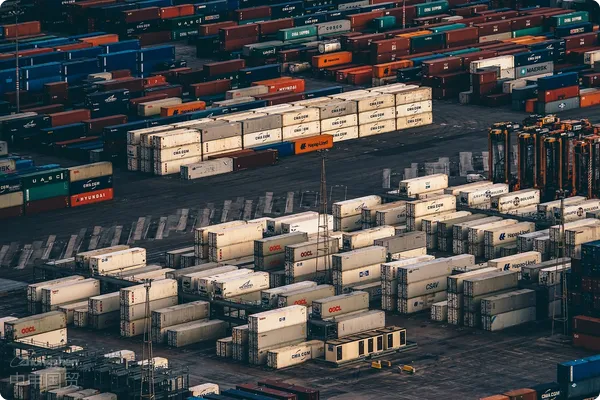- Shanghai Zhongshen International Trade Co., Ltd. - Two decades of trade agency expertise.
- Service Hotline: 139 1787 2118

New trends in the 2025 machinery import market
According to the latest forecast from the General Administration of Customs, Chinas specialized [equipment] market will exceed 400 billion yuan in 2025, a 23.6% increase from 2022. However, 32% of importers experienced clearance delays, with average losses reaching 15% of cargo value. Machinery imports exhibit three distinctive characteristics:Equipment ImportsHS code classification complexity is 3-8 times higher than ordinary goods
- 30% of inspections result in detention due to missing technical parameter documents
- Tariff differentials for electromechanical products can reach up to 37 percentage points
- Core value system of professional agency services
Four essential capability matrices for premium agency service providers:
85% improvement in certification exemption application success rate
- Pre-access judgment system
- 3CUsed equipment import access solution design
- Risk control system
- Tariff inversion early warning mechanism
- Intellectual property infringement screening
- Key operational nodes in clearance practices
Taking the import of German precision machine tools as an example, standard agency service procedures include:
Phase 1 (Before contract signing)
- Verify whether equipment is listed on restricted import catalogs
- Confirm whether equipment is listed in restricted import catalog
- Calculation of comprehensive import tax rate (customs duty + VAT + consumption tax)
- Phase 4 (After goods arrive at port)
- Verification of IPPC mark on wooden packaging
- Special equipment inspection filing for pressure vessels
Typical case analysis of tax planning
By comparing the economic benefits of different declaration methods:
- Case A (Complete machine declaration)
- Dutiable value: EUR 1,200,000
- Comprehensive tax rate: 21.3%
- Case B (Itemized declaration)
- Control system classified separately (5% customs duty)
- Mechanical main body applicable to provisional tariff rate
- Overall tax burden reduced by 9.8%
Hidden risk points in after-sales maintenance
Three easily overlooked follow-up issues after equipment import:
- Classification consistency requirements for spare parts import
- Country of origin changes caused by technical upgrades
- Customs return procedures corresponding to quality claims
Professional agencies can reduce comprehensive operating costs by 18-25% throughout the equipment lifecycle by establishing full lifecycle management systems. Choosing service providers certified by the CMEA (Committee of Mechanical and Electrical Associations) results in 40% faster technical document preparation and 67% higher success rate in providing evidence materials when responding to customs classification inquiries.
Related Recommendations
? 2025. All Rights Reserved. Shanghai ICP No. 2023007705-2  PSB Record: Shanghai No.31011502009912
PSB Record: Shanghai No.31011502009912










